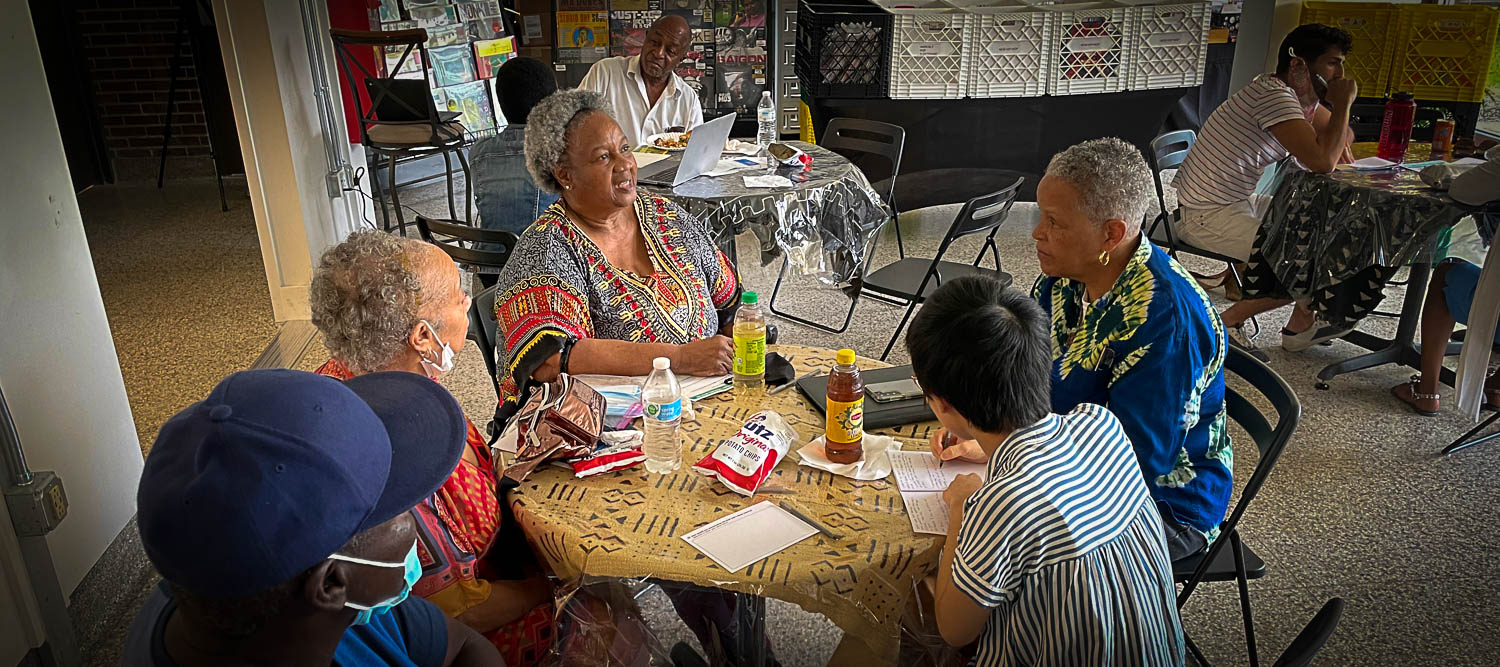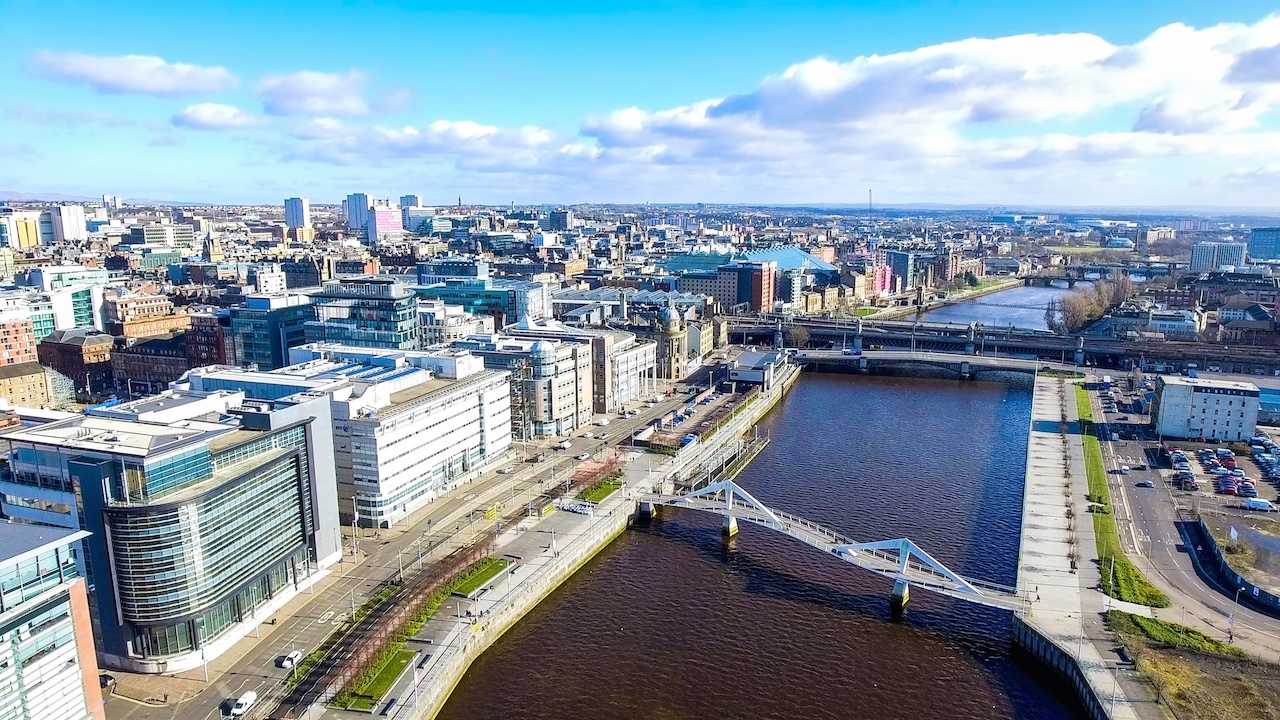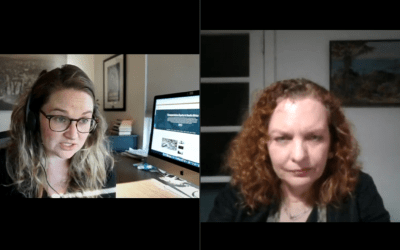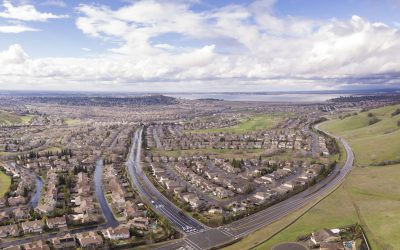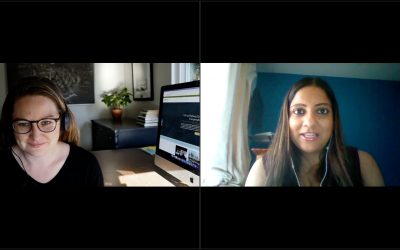Meeting of the Minds
What began as a 2-day summit in Oakland, CA in 2007, has grown into an internationally recognized non-profit organization with world-class events, year-round leadership programming, and an unparalleled digital platform.
Our mission is to bring together urban sustainability and technology leaders across sectors to share knowledge, best practices and catalyze lasting alliances and partnerships. We foster person-to-person and city-to-city learning by curating emerging trends and spotlighting projects and practitioners working on the future of sustainable, resilient, and equitable cities and regions.
We believe that the best solutions and partner ecosystems result from collaboration and engagement across sectors and disciplines. We convene leaders from international bodies, local government, state and federal government, corporates, startups, non-profits, academics and philanthropy.
Meeting of the Minds thanks and acknowledges the support of our current and past sponsors, including:
Foundations
Annie E. Casey Foundation
Barr Foundation
Burton D. Morgan Foundation
Ford Foundation
Lincoln Institute of Land Policy
Living Cities
New Economy Initiative
Paul G. Allen Philanthropies
Robert Wood Johnson Foundation
Rockefeller Foundation
The California Endowment
The California Wellness Foundation
The Cleveland Foundation
The JPB Foundation
The Kresge Foundation
The Volvo Research and Education Foundations
Healthcare
Kaiser Permanente
Sutter Health
Telecom
AT&T
Comcast
Qualcomm
Verizon
Global Technology Leaders
Cisco
Dassault Systémes
IBM
Itron
Microsoft
Oracle
Philips Lighting/Signify
Schneider Electric
Siemens
Transportation Leaders
Bombardier
Cubic
Daimler/Car2Go
Ford
JUMP Bikes/UBER
Lacuna
Keolis
Lyft
Streetlight Data
Toyota
Zipcar
Financial Institutions
JPMorgan Chase
PNC Bank
Wells Fargo
IT & IoT
Atonix Digital
Cleverciti Systems
Iteris
Logicalis
Roadbotics
RelayR Corp
Planning, Design, Architecture, Real Estate, Engineering, Construction
Black & Veatch
CBRE
CH2M Hill
Colliers
DKS Associates
Jones Lang LaSalle
Oxford Properties Group
Ramboll
Skidmore Owings & Merrill
WSP
Consulting Firms
Cognizant
ENGIE Impact
Deloitte
EY
PwC
Government
Ann Arbor SPARK
City of Berkeley, CA
Cuyahoga County
Federal Reserve Bank of San Francisco
JobsOhio
Metrolinx
State of Michigan
Resources: Water and Energy
AEP Ohio
DTE Energy
Festival Hydro
FirstEnergy
Marin Clean Energy
Natural Resources Defense Council
Sacramento Municipal Utility District
Shell
Xylem Water
Innovators
Cleveland Neighborhood Progress
JumpStart
Natural Resources Defense Fund
Rock Ventures
The New School
University of California
UrbanFootprint
Recent Webinars
Recent Articles
If Companies Want a Diverse Workforce, They Need to Pay Attention to Transportation
A new toolkit has been developed to help businesses think through strategies to decrease mobility barriers to the workplace, which reduces turnover. When workers can reliably get to work regardless of their personal circumstances, it provides employment stability and the opportunity to build wealth. It’s a win-win. Developed through a partnership between Metropolitan Planning Council and a pro bono Boston Consulting Group team, the toolkit includes slide decks, an overview report, customizable templates, a cost calculator, and instructional videos walking a company through the thought process of establishing a baseline situation, evaluating and selecting a solution, and standing up a program.
Depending on the employer’s location and employees’ needs, solutions may range from helping with last-mile transportation to the transit system, to developing on-demand vanpools, to establishing in-house carpool matching systems. The ROI calculator gives employers the ability to determine the break-even cost—the subsidy amount a company can manage without hurting the bottom line.
Johannesburg and Maputo Partner to Research Transport Needs and Investments
I caught up recently with Sarah Charlton who is Associate Professor at the School of Architecture and Planning at the University of Witwatersrand in Johannesburg.
The research she is leading, located in both Johannesburg, South Africa and Maputo, Mozambique, looks at the interface between the mobility use by residents and transportation investments by the state. The question guiding her research is “are ordinary households using the transport modes that the government is investing in and prioritizing?” The research is a partnership between two universities across two countries and two cities.
Sarah reflects on research during the pandemic across languages, countries, histories and cultures.
Building Resilience & Addressing Inequities in Small, Underperforming Drinking Water Systems
Unsafe drinking water is an urgent problem that disproportionately affects low‐income communities of color in California and across the U.S. In California, we’ve learned that the right environment and policies inspire stakeholders to come to agreement on prioritizing solutions that provide the best results based on each system’s unique problems. Improving water quality is more than choosing a technical solution. Community alignment and support, political willingness, and mutual agreement are all critical elements that, when combined with the right technical solutions, allow systems to thrive. In parallel with ensuring the right institutional and funding support systems are in place, we also need to choose and implement the most viable technical solutions for each system (which may in turn inform the support systems).
San Francisco Partnering with Community Organizations to Build Green Infrastructure
SFPUC’s Green Infrastructure Grant Program uses green infrastructure to combat CSOs and safeguard its watersheds. Green Stormwater Infrastructure (GSI) installations are engineered stormwater management tools that slow down, clean, and route stormwater to keep it out of a sewer system. Simultaneously, GSI provides native habitat, beautiful landscaping, groundwater recharge, and non-potable water reuse. Through this program, SFPUC encourages landowners to build GSI on their property by providing grants that cover design and construction. “Green stormwater infrastructure is one way that we can invest in our community, efficiently manage rainfall, and ease the burden on the City’s sewer system,” said SFPUC Utility Specialist Sarah Minick.
Balancing Data Privacy and Data Sharing Between TNCs and Cities
Data concerns are not going away. Data sharing and open data initiatives will likely become even more important as the transportation industry grows more interdependent among citizens, public agencies, cities, and private companies. In an internal context, de-identification of data allows data to be shared across an organization, allowing all users to access insights, and a common picture of demand and service performance across the network. This allows marketing, planners, and operations teams within transit agencies to access the same secure data when doing short term and long term planning. This also enables data sharing between agencies and transit operators which have adjacent service areas, and allows them to optimize timetables and typical transfer points. In an external context, de-identification allows for safe data sharing across different public, private, and community stakeholders, and lays the foundation for collaboration, interoperability, and common understanding, while putting privacy first.
Optimization Tools to Help Transit Agencies Recover
I spoke last week with Krishna Desai from Cubic Transportation, and we discussed three big problems facing transportation, and the ways that Cubic is approaching these challenges:
1) If (or when) more workers return to traditional on-location jobs, but feel a lingering distrust of crowded spaces, people who can afford it may opt for private cars instead of using public transit for their commute. This will create a massive influx of cars on roads that were already crowded, and more financial woes for transit agencies already dealing with budget shortfalls. Krishna told me about a suite of optimization tools Cubic is deploying in places like Mexico and San Francisco to make public transit more efficient, more transparent, and, overall, more attractive to riders.
2) For the time being, though, we’re dealing with the opposite problem. How can transit agencies find ways to influence user behavior in a way that complies with social distancing and capacity requirements? How can you incentivize riders to wait for the next bus? (In a way that doesn’t alienate them forever – see #1). Cubic has deployed a loyalty/advertising program in Miami-Dade County that was originally intended to increase ridership, but is now being used to help control crowding and social distancing on transit.
3) Transportation infrastructure, in generally, was not built to accomodate 6-feet of separation between riders – or between workers. Little things like, for example, opening gates, requires workers to be closer than 6-feet to riders, and there are examples like that throughout every transit hub. Technology can help, but creating and implementing software/hardware solutions quickly and efficiently requires experience with innovation, deployment, maintenance and more. Cubic has a program called Project Rebound that shows the possibilities.




